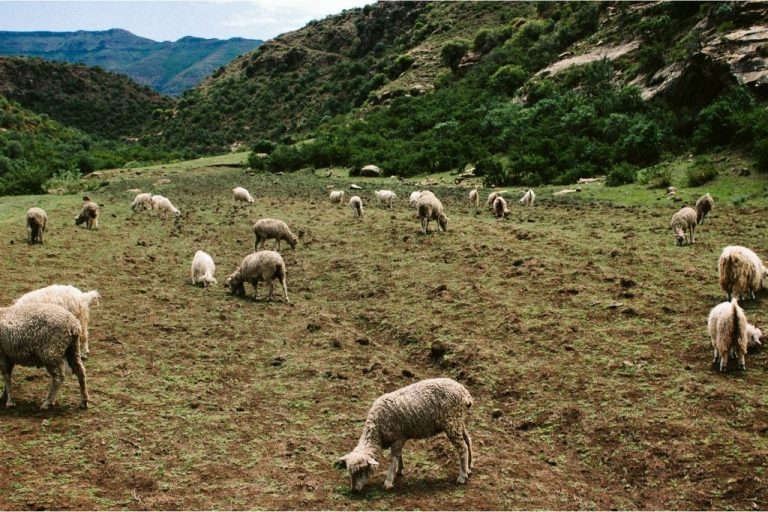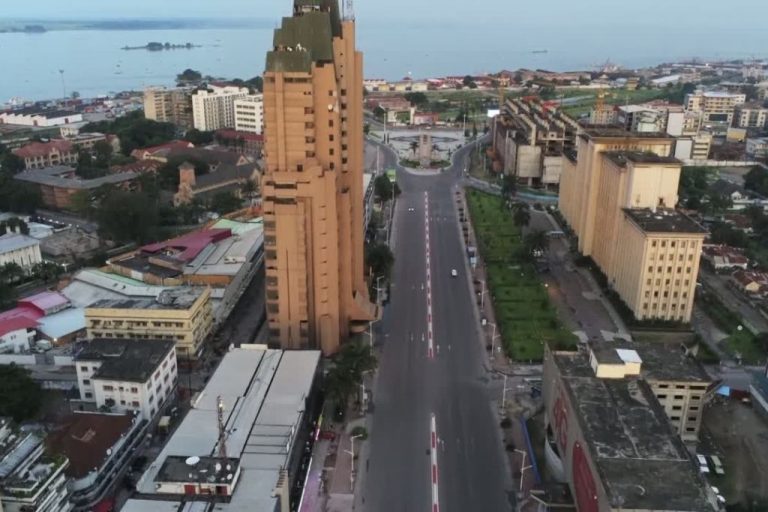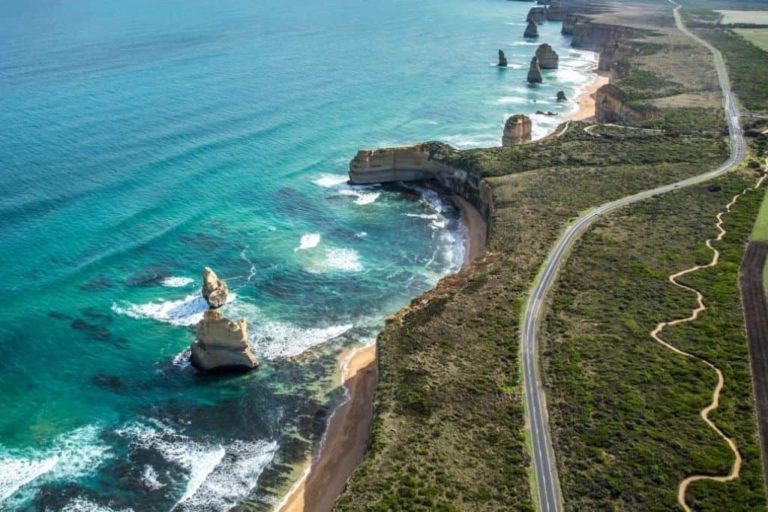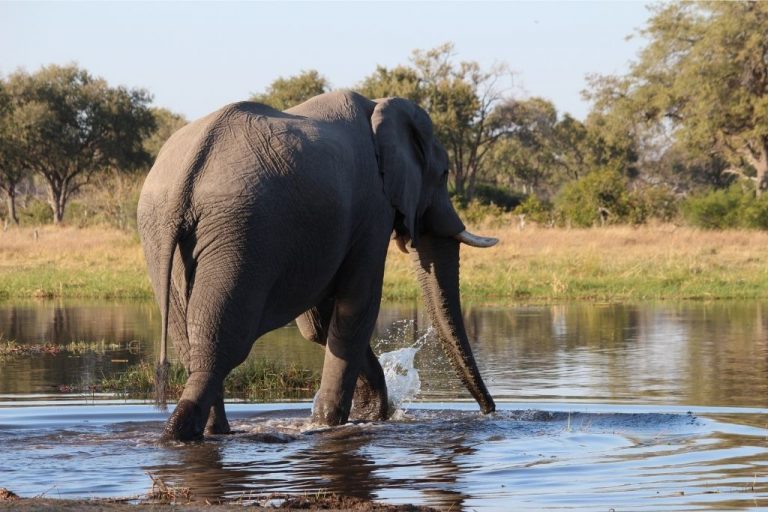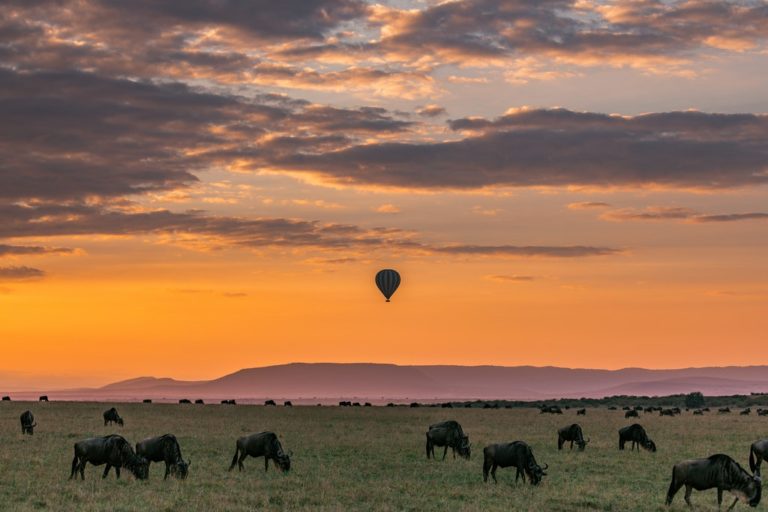Cabo Verde- an archipelago country in the central Atlantic Ocean is also known as Cape Verde. It is one of the most beautiful countries in Africa, but it’s also one of the poorest.
The country is named after Africa’s westernmost cape, Cape Verde, located near Senegal.
Exploring Cabo Verde feels like traveling in a western country with an African feel. The country boasts not only fantastic scenery and beaches but also fantastic music and delicacies.
It is an excellent place for outdoor enthusiasts and party-goers.
Some of the best places to visit in Cabo Verde are Fogo, Sal, Palmeira, Santa Maria, Mindelo, Porto Novo, and of course, its capital city, Praia.
Plus, it houses ten volcanic islands.
Portugal took the country as its overseas department in 1951. After the locals fought for their independence, they finally achieved it in 1975.
Today, the country has a tiny population of about 549,935 (as of 2019), and resources are limited. As a result, tourism accounts for more than half of this island nation’s economy.
What makes traveling in Cabo Verde best is that it is a peaceful and safe destination to visit. But it doesn’t mean you can be careless.
Theft has increased, so be careful and never leave your belongings out of your sight and never walk alone at night.
Geography
This archipelago country comprises ten islands, out of which nine are inhabited.
Cabo Verde is divided into the Barlavento group (Santo Antao, Sao Vicente, and Santa Luzia) to the north and the Sotavento group (Maio, Santiago, Fogo, Brava, and three islets named Rombos) to to the south.
These island’s terrains vary from the geologically older and flatter islands to the newer and mountainous islands.
Cabo Verde has some permanent watercourses on its islands that are affected by seasonal rains and cyclical drought.
Its soils are volcanic and igneous in origin, basalt being a typical type.
Climate
The climate of Cabo Verde is usually moderate, with stable temperatures and extreme aridity.
Two seasons are affected by the intertropical convergence zone (ITCZ).
Summers are hot and wet, especially in August and September. The higher elevations of the mountainous islands face high precipitation.
Sometimes the islands have zero rainfall, but there are torrential downpours that cause significant damage when it does occur.
Nature and Wildlife
The newer islands that have higher elevations houses grasses and pine plantations as it gets more precipitation. However, the lower elevation islands have a deserted condition and only house shrubs due to the rain-shadow effect.
You can find only two species of sea turtles on the sandy shores of the islands that men do not inhabit. However, you can also find geckos, lizards, and a variety of shrinks species. There are also many butterfly species.
You will find feral goats, monkeys, and long-eared bats on the islands.
Cabo Verde also has a rich birdlife with over 100 bird species. You can find petrels, shearwaters, flamingos, frigate birds, the Egyptian vulture, the red-billed tropicbird, and more, including the nearly extinct bird, the buzzard.
People
The population of the country is a combination of European and African descent.
African minorities such as the Fulani, the Mandyako, and the Balance also inhabit the islands.
In terms of European decency, you can find Portuguese, Italian, English, and French people.

